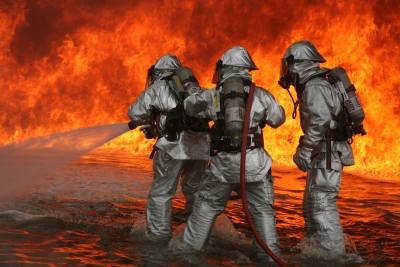Awareness for stronger chemical safeguards has been a priority since a fertilizer facility exploded on April 17, 2013 in West, Texas. This accident which could have been prevented resulted in the death of 15 people, including 10 first responders. The accident occurred due to the lack of awareness of the vast amount of ammonium nitrate stored at the facility. Though congress passed a law nearly three decades ago to ensure that local communities are fully aware of stored hazardous substances, the truth is, many areas in the country are still unaware and unprepared to deal with such catastrophic emergencies.
![By Manuel F. Guerrero, U.S. Marine Corps [Public domain], via Wikimedia Commons Firefighters spray large fire](http://www.qsdsconversion.com/wp-content/uploads/2015/05/firstresponder.jpg)
In the two years since the explosion, companies have been encouraged to switch to safer chemicals to reduce risks for workers and nearby residents. It is important for companies to be more transparent about their chemicals and that failing to disclose such information could potentially put lives in danger, which was the case in West, Texas.








